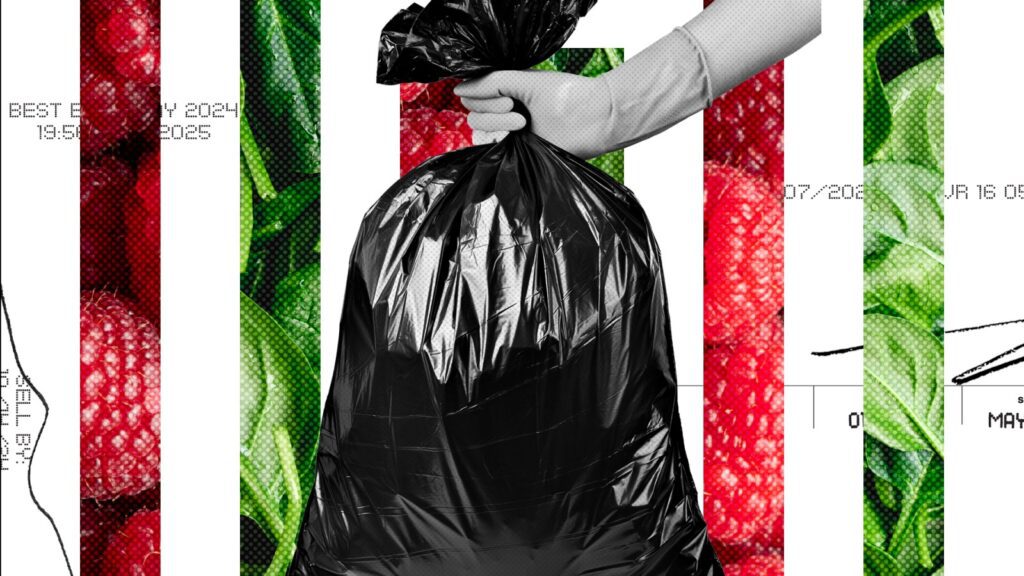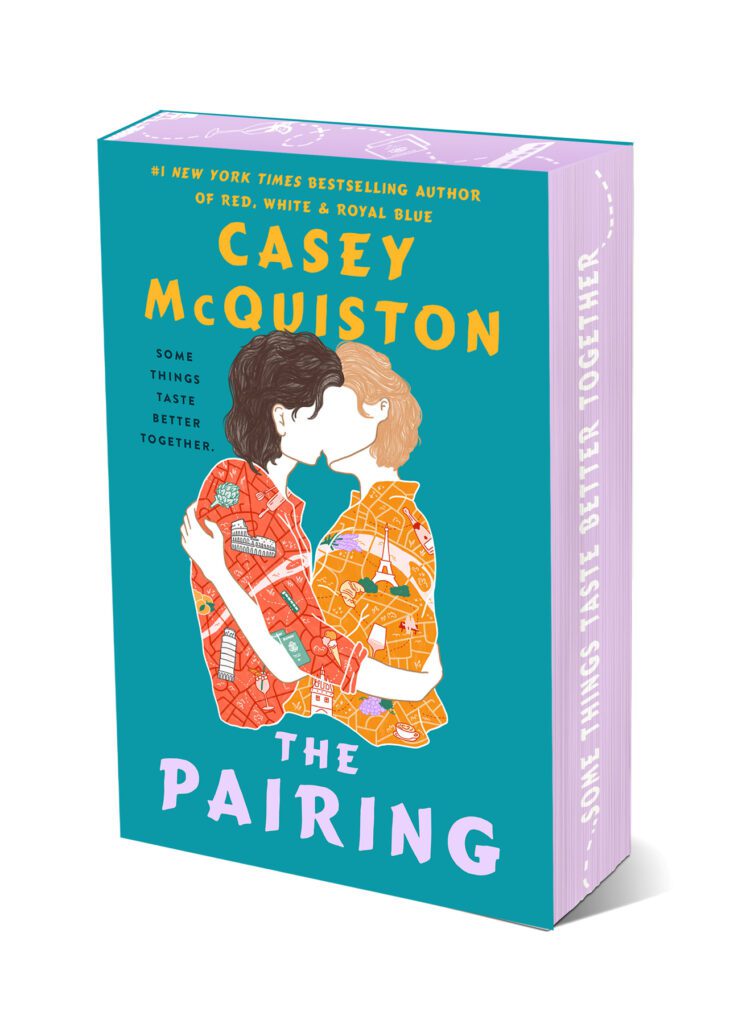10 Dead-Simple Ways to Waste Less Food
T
his story was adapted from “Everything you need to know about food waste,” a comprehensive guide from our friends at one5c. one5c is the original optimistic newsletter about climate action and sustainable living. Subscribe here to get their best world-saving know-how sent right in your inbox.
On a per-person basis, Americans are in the top ranks of global food wasters. We toss so much food — on average, 350 pounds of edible grub per person a year — that it makes up the majority of the contents of U.S. landfills, where it ferments and belches the super-potent greenhouse gas methane into the atmosphere. At the global scale, if tossed food were a country, it would be the world’s third-largest emitter.
In the pantheon of environmental problems, food waste might be the dumbest, but its utter absurdity is also what makes it extremely flexible at the individual level. The majority of uneaten vittles come from our homes; in fact, the average U.S. household tosses more than 30% of what it buys.
There are dozens of cookbooks, food blogs, and TikTok accounts dedicated to helping folks use up every last bite of what they buy. They’re all wonderful, and you should check them out. But! There are also stupid-simple strategies anyone—even people who have to Google a recipe for scrambled eggs—can deploy today to start eating our way out of this mess.
Keep the most-perishable items in eyesight in a designated “eat me first” zone toward the front of the fridge to ensure they aren’t forgotten. Use this as a place to store any items that have spoiled quickly in the past, as well. (We’re looking at you, baby spinach and raspberries.) Putting food that could be on the fast-track to the bin front and center makes it easier for everyone in the household to know what’s on the low-waste menu. More fridge-organization tips to reduce food waste
Not all of us are ready to compete in an episode of Chopped, but we don’t have to. Figuring recipes that will incorporate what you’ve got lying around doesn’t have to all happen in your head. An app like Super Cook, for example, lets you enter what you have on hand, and the app suggests recipes based on those ingredients. You can even ask ChatGPT to whip up some ideas if you feed it a list of ingredients—though we can’t vouch for how good of a cook it is. More low-waste cooking tips
When you’re looking at fresh fruits and veggies, focus on produce that you can eat most, if not all, of. This includes beets (along with their tops), carrots, broccoli (eat those stems!), and cauliflower. If you’re buying something that spoils quickly, like fresh berries, buy in smaller quantities. If you can’t: Plan to freeze extras before they mold or go mushy. If you’re not sure how to use the loose ends, stash them in a gallon-sized freezer bag and simmer up a homemade stock once it’s full. More ways to avoid food waste at the grocery store
We get it, not every bit of trash that comes out of the kitchen is edible, so it makes sense that “inedible parts” make up the largest helping of household food waste. But eggshells, coffee grounds, corncobs, and banana peels don’t have to get a one-way ticket to the landfill. If you’re able and inclined, today’s as good a day as any to start looking into making a compost pile to turn those extra bits into the nutrient-rich substance farmers call “black gold.” If going it alone isn’t feasible for you, you can try seeking out one of the U.S.’s more than 200 community composting programs—or firing up the app ShareWaste to find a neighbor looking to build their pile. How anyone can get started composting
“Plate waste” makes up more than two-thirds of the grub restaurants toss every year, according to ReFED, a nonprofit focused on food waste solutions. Because of contamination concerns, little of what gets left on the table can legally be repurposed for another meal. That means the untouched bread basket isn’t getting sent to the next table once you leave—nor are any sides you forgot to say “no” to. The easy answer here? Put it all in a doggie bag. If you do have leftovers but know you won’t get around to them, ask if anyone else at the table wants them. They might have a better shot at being eaten at someone else’s house. More ways to avoid food waste while eating out
We’ve all been there: We cooked up a delicious din-din, but the recipe didn’t use up every last bit of some ingredients. What to do with a quarter-onion, an open can of coconut milk, or that half-bunch of dill? Instead of stashing those extra bits and bobs in the fridge and racing against spoilage, prep and portion ‘em up into ice cube trays and put ‘em in cold storage. In the chiller, those extras will last for weeks—even months. You can even drop teeny icebergs of frozen pre-prepped veg right into the pan when you’re ready to cook, no thawing necessary. More ways to fight food waste with your freezer
Portion sizes are out of control at U.S. eateries, but ordering half-sizes or smaller amounts is largely relegated to the kids’ menu. But there’s another way. If your table is on the same page about what or how much they want to eat, sharing is caring (about food waste). This strategy works especially well at restaurants where you can incrementally order and eat the dishes, tapas style. That way, the group can order based on how full they are—or aren’t—as the meal goes on. What you need to know about food waste in restaurants
As vittles on store shelves near their “sell by” dates, grocers start to clear things out. According to ReFED, racing against when food will supposedly “go bad” leads to nearly 55% of all grub that gets chucked by retailers. For folks who like a good deal and hate food waste, there are apps for that. Too Good To Go, for example, allows stores and other food merchants to sell “surprise bags” of deeply discounted vittles that might otherwise get tossed at the end of the day. Another option called Flashfood works similarly, but includes specific items (with photos). More about food waste in grocery stores
That jar of mustard in your parents’ fridge from the early aughts notwithstanding, a lot of good eatin’ hits the bin because the dates stamped on packages are confusing AF. With the exception of baby formula, however, there are no federal guidelines about food “expiration” dates. The dates stamped on grub aren’t indicators of a product’s safety as much as when a manufacturer thinks it’ll be at its most delish. “Best by” typically means peak flavor and quality, and “use by” connotes when the maker believes things may go downhill. But your nose and eyeballs are what help you figure out if something has actually gone bad. The actual life expectancy of commonly tossed foods
Spoiled food and unwanted leftovers make up the largest portion of household food waste in the U.S., according to ReFED. Setting aside a day each week to eat through the last bits of what you have on hand is a great way to use up prepared food before it goes to rubbish—and get out of planning dinner. To ensure mealtime excess makes it that far, keep the fridge between 38 and 40 degrees Fahrenheit, and seal leftovers tightly in wrappers or containers with well-fitting lids. Taken together, these measures can keep out bacteria and avoid the unappetizing horror of dried-out grub. Even more ways to cut food waste at home





